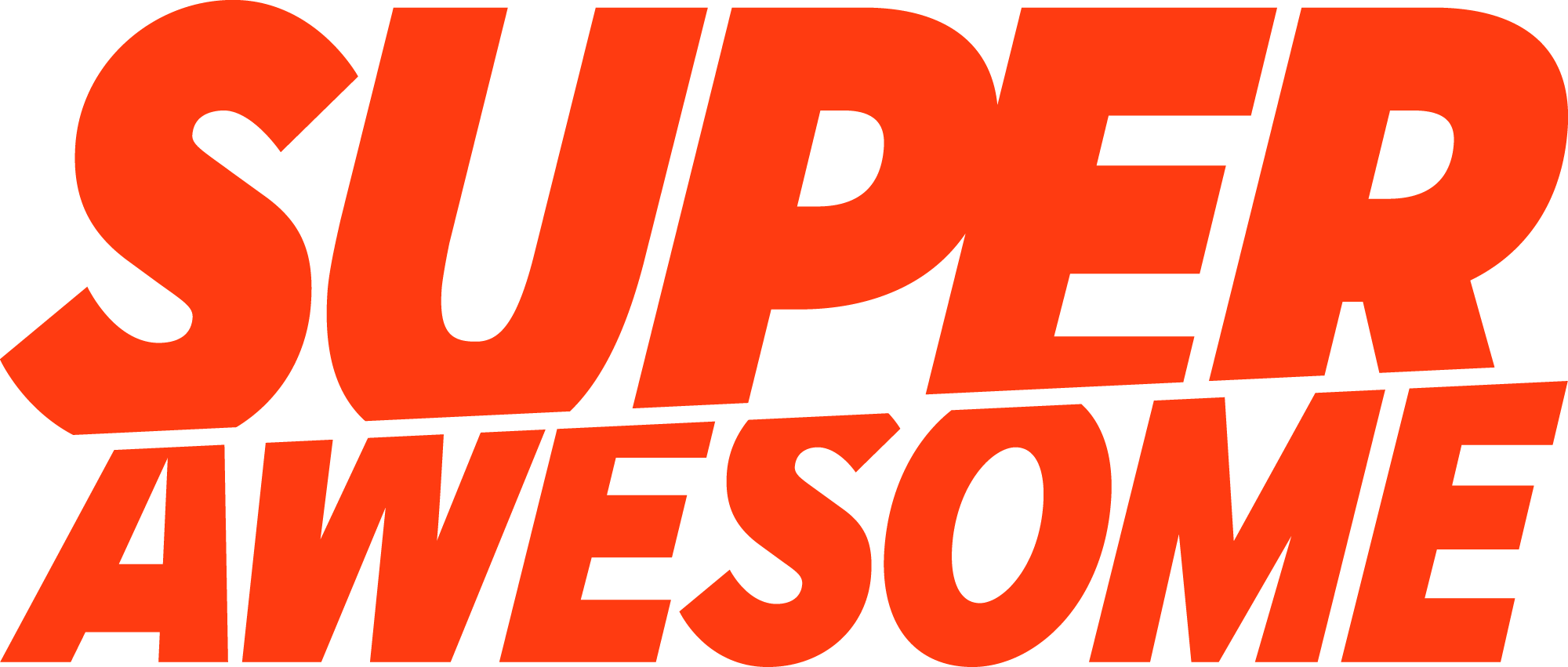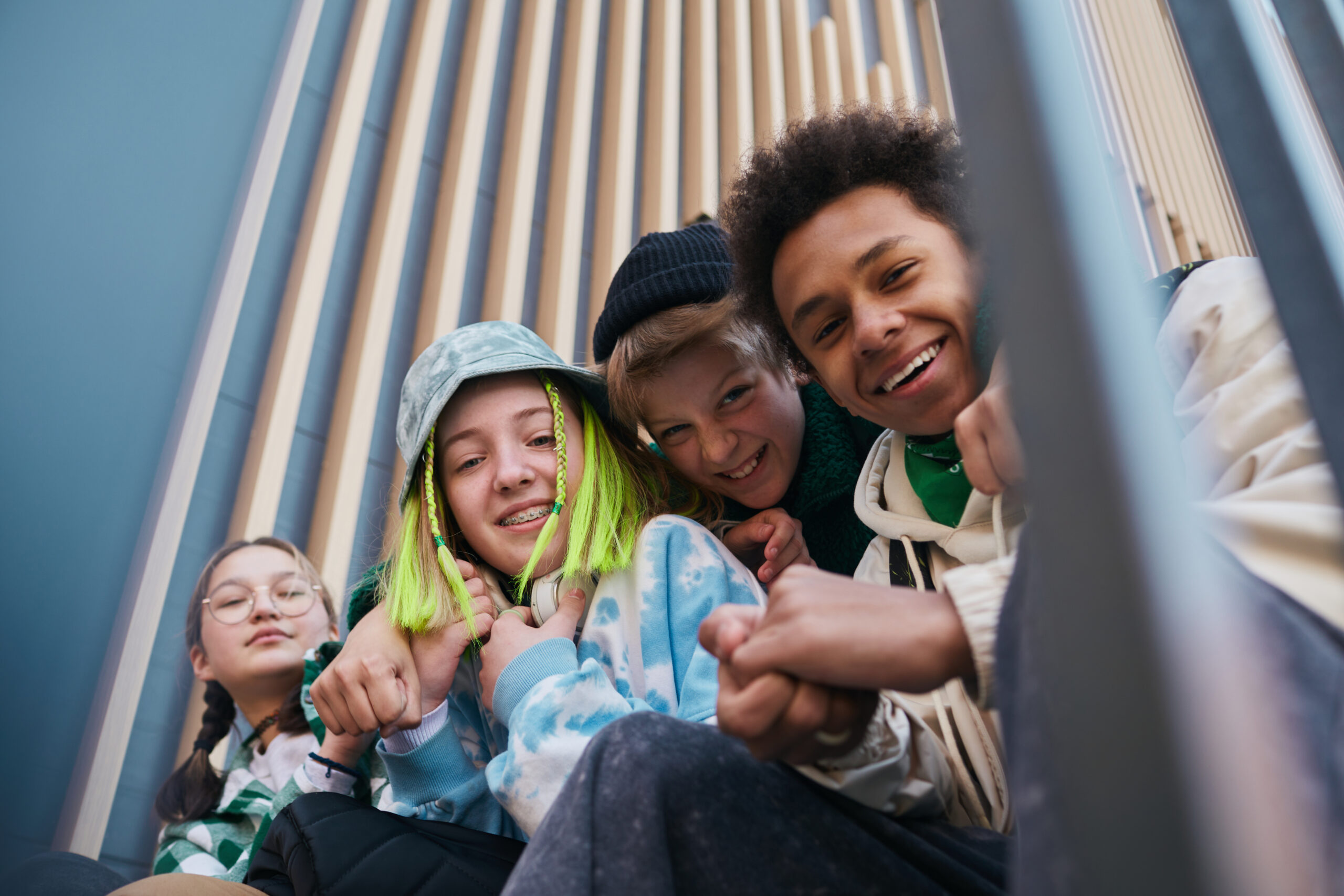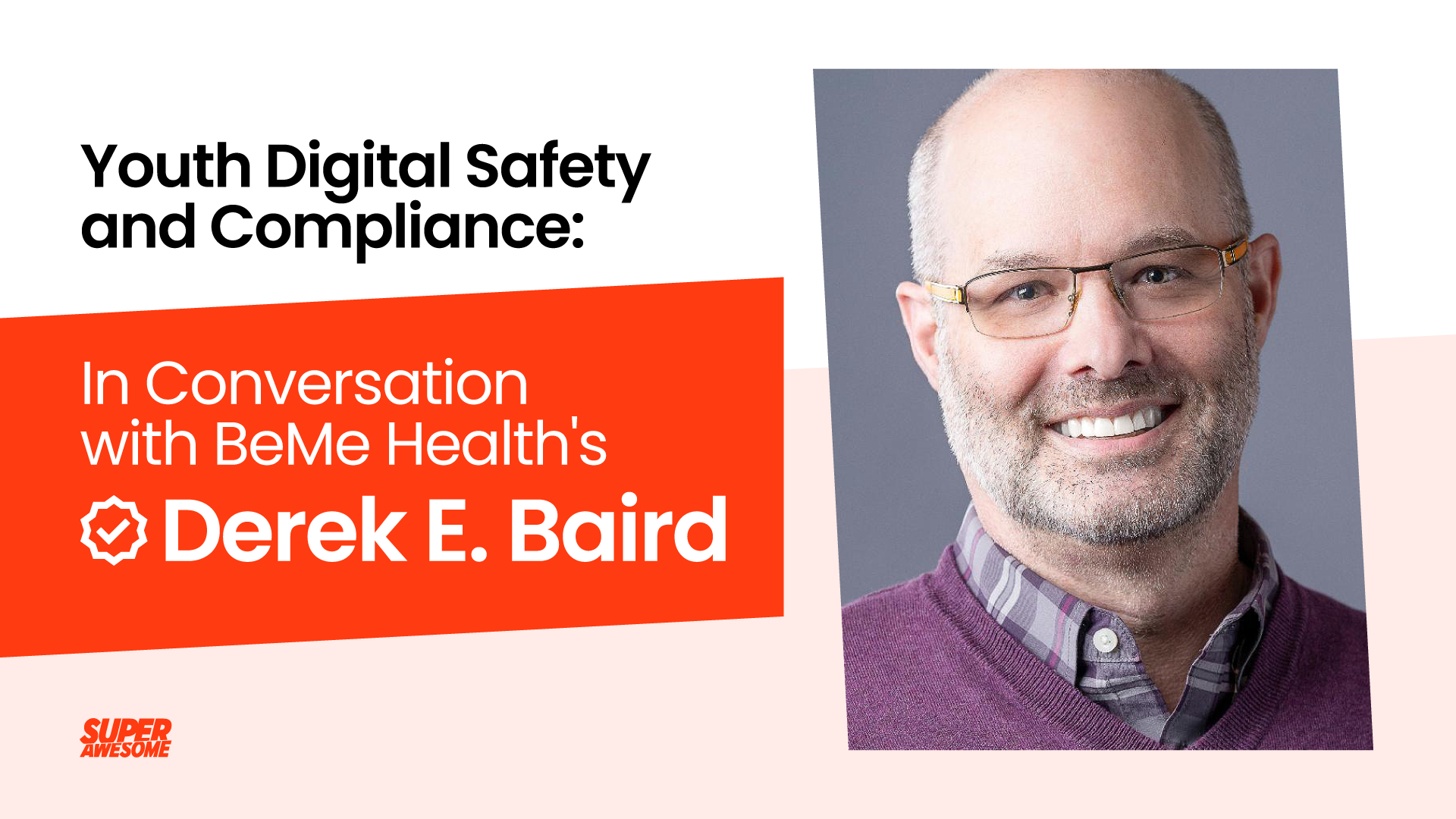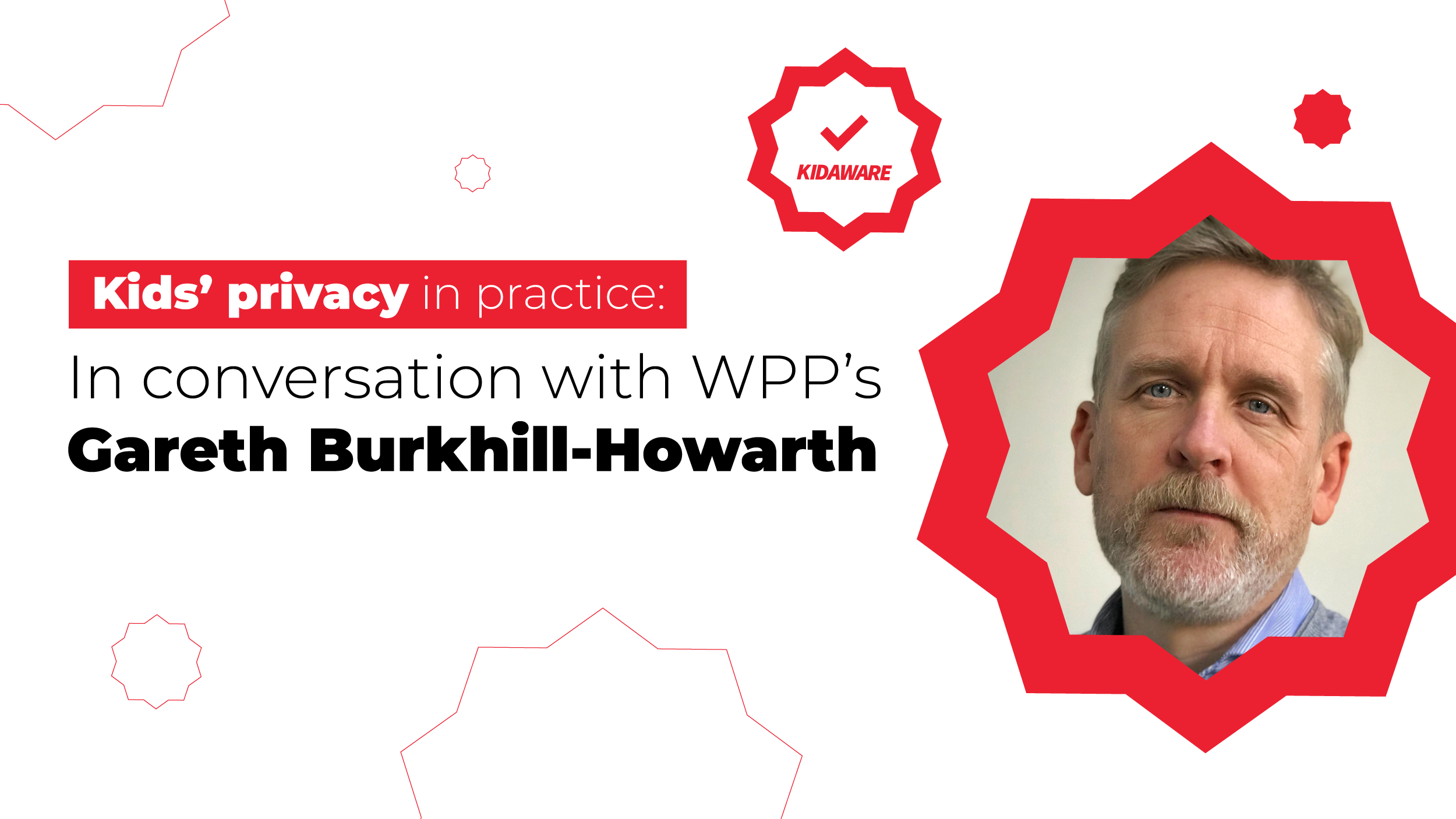Under GDPR-K and COPPA you are responsible for any data collection that happens on your site, or by your brand, even if by a third party. These are the questions you should be asking all of your agency partners (e.g. any party that plans your kid-focused campaigns or implements your media).
My brand isn’t a household name, do I really need to worry about brand safety? Or COPPA and GDPR-K?
A good answer:
Yes! Thinking that you will fly under the legal radar just because you’re not as big as Mattel or Disney is an outdated notion. Five years ago, many brands realistically didn’t have to worry about these laws. Today, even the smallest brands are under the microscope of regulators and activists, and the FTC has just announced it intends to prosecute individual executives in companies which breach COPPA.
And it’s not just about the fines. You’ll see a revenue impact from any negativity around your brand can have (e.g. parents, retail partners etc.). You’re also wasting valuable marketing budget. Showing up on content that isn’t brand-safe is a direct indication that you’re wasting valuable marketing dollars. So if you care about your revenue, you should always care about brand safety. All it takes is one consumer taking a screenshot of your brand next to inappropriate content.
A bad answer:
Don’t worry, we’ll use Adsense, Facebook and YouTube and just target kids content. We do this for all our clients. The risk is minimal and the ROI certainly outweighs it. You shouldn’t worry, you are just a small fish in the pond. The fines are there for the bigger fish.
Download our agency checklist to make sure you ask all the right questions.
How do we reach kids on YouTube?
A good answer:
YouTube has a huge audience of kids but is an over-13 platform. However we have solutions which are specifically designed to enable contextual targeting of under-13 kids on YouTube. Brand-safety on YouTube means;
- Ensuring that your ads don’t run against any content or channel which might be considered inappropriate for kids
- Continuous content analysis. A new inappropriate piece of content on a channel can immediately jeopardize brand-safety
- Working with influencers who have been certified and are creating content that is relevant and suitable for a kids audience.
Bad answers:
- We get around the fact YouTube is 13+ by saying we buy ‘family’.
- We target ‘parent’ content using YouTube’s keyword targeting tools.
- We buy direct on a select number of channels.
- YouTube is easy. We use the same team which works on all our YouTube buying.
- It’s YouTube. Surely they understand kids!
All of these answers may imply that the agency is lacking in kids expertise, and is likely to run into problems with brand-safety, scale and efficiency (not to mention performance).
What tools and technology are you using to reach the kids audience?
A good answer:
In all the areas in which we directly engage with the under-13 audience, we use specialised platforms and technology (‘kidtech’). These Kidtech solutions are certified by the FTC’s Safe Harbor as fully COPPA-compliant. In addition, our whole buying and planning team has gone through a kids digital marketing training program.
A bad answer:
You don’t need any specific tools to approach your kids audience. As long we say we’re marketing to “family” we’re safe from legal penalties, and we can be relatively sure we’re hitting the right audiences. The targeting made available by Facebook, YouTube, Instagram and SnapChat all enables you to reach these audiences, even though when putting the campaigns together, you specify over-13 audiences. It’s what everyone else does. It’s fine.
SuperAwesome’s suite of products has solutions to all of the above issues. Get in touch!





